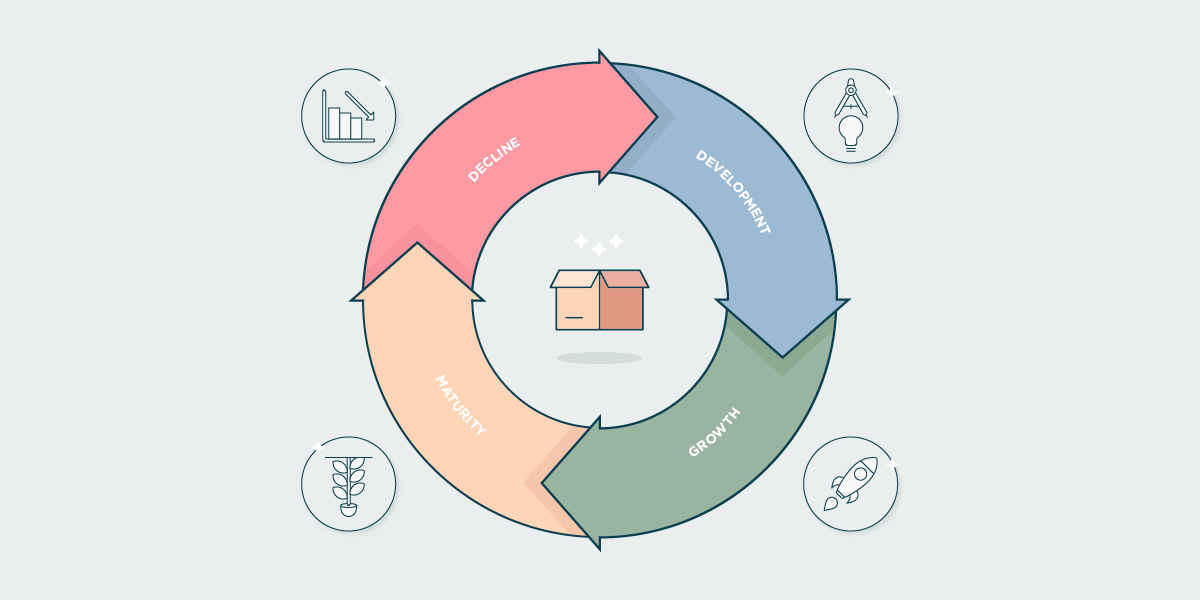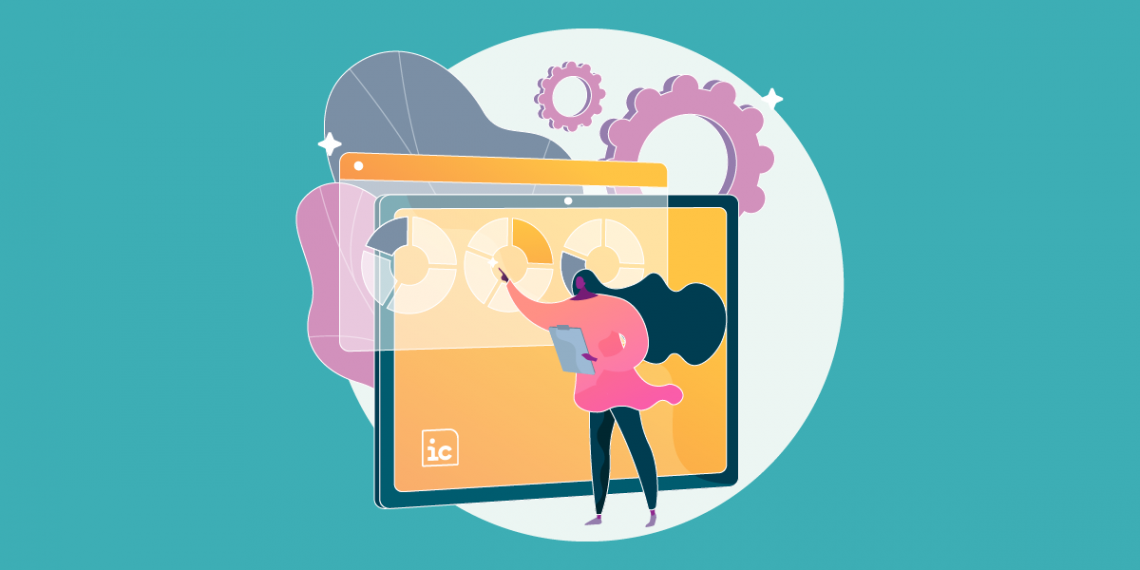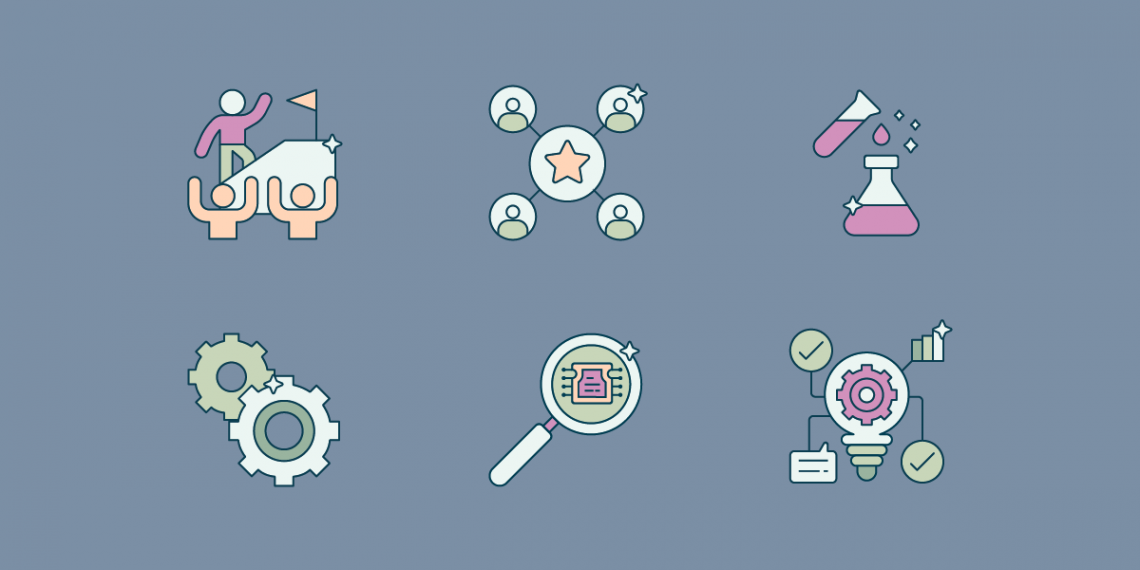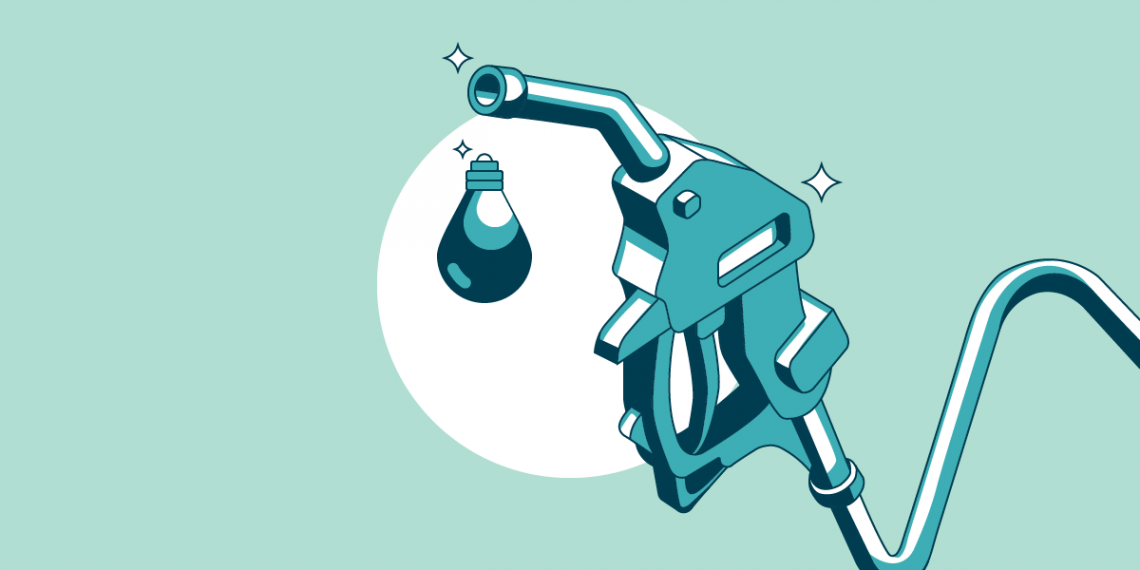Innovating is an ongoing process. If you want to secure long-term business success and stay relevant you must manage your products’ life cycles more efficiently. Since all innovations go through the same stages of the Product Life Cycle, it is necessary to track them and, based on that, take adequate corrective actions. The length and characteristics of every stage may vary from industry to industry, business to business and even product to product.
On one hand, you must keep track of your innovation processes and know at which development stage each of your innovations is, while, on the other hand, you must keep track of the products that are already on the market and at which stage of the Product Life Cycle they are in. By doing so you will gain a better insight into two valuable aspects of your products and life cycle stages they are going through.
One aspect focuses on the very stages of the Product Life Cycles, while the other focuses on phases your innovation goes through until it hits the market. These Macro and Micro perspectives of phases and stages your innovations go through are important for a more efficient management of your whole business.
The Macro aspect of managerial efficiency through the Product Life Stages
As mentioned earlier, all products and services go through the same stages: Development, Growth, Maturity and the Decline stage. There are no exact rules how long each stage will last for each product nor is there a way to pinpoint at what exact moment a product passes to the next stage. There are certain indicators (such as sales, market share…) telling you at what stage your product or service currently is. Identifying the stage will provide you with a bigger and clearer picture of what you ought to do. This knowledge serves as a useful controlling, planning and marketing tool. It also gives you the opportunity to pre-plan, by figuring out on time the actions you should consider and when to execute them, based on the stage a certain product might be in. This also works well as a risk management aid.
These are the Product Life Stages and things to pay attention to when addressing each one:

The Development Stage
Every innovation goes through its own life cycle before it hits the market. From an idea, to a fully functioning, “ready to hit the market” product. This is known as the first stage of the Product Life Cycle-The Development stage. In this phase ideas are born and refined until they are ready to go to the next phase. This is the stage where the magic happens, where your idea becomes reality. Should you focus on cost, or should this be a customer-driven innovation? At this point it is crucial to ID your target market, key characteristics your consumers value the most and start working on creating awareness and building a demand.
At the end of this stage, your innovation is ready to be introduced to the market. It is important to keep communicating with the consumers and convince them that your product is a must-have. First experiences are of great importance because, if they go well, it will secure more new consumers through the word-of-mouth. To ensure that the 1st experience isa success, you should do some pre-testing, and as we mentioned, pay attention to the key aspects of your product or service your target base values the most. Because, quite often, these aspects might vary from the ones we’ve initially identified. End objective- make the consumer try the product!

The Growth Stage
Or as some like to call it, the “Take-off Stage”. The main objective here is to make the consumer prefer your product or service. You know you are at this stage since the sales are going up and market growth is happening. This growth attracts more competition and, with it, product and brand differentiation starts. For better success, you should adapt your marketing strategy at this stage as well, and design one which will be focused on creating affinity for your product.
Different stages call for different actions. Knowing at what stage your products are will help you act on time and take the right measures that will extend your products life, and prolong certain stages in order to get the most out of them.

The Maturity Stage
This is where you hit a plateau and reach market saturation. You could go for finer differentiation by adding some innovative aspects to your product, or opt for cutting costs by using innovative technologies. Even if you choose both, you can only prolong your product’s life for some time. The next stage is inevitable. That is the reason why you should think ahead and have a plan B, to have that next innovation in the development stage and ready to hit the market.

The Decline Stage
It is inevitable. The consumers no longer see value in the product and are no longer willing to spend money on it. Unless you have started with your plan B, the future isn’t quite bright. Usually at this stage mergers and buy-offs happen, and the product, or even whole companies continue to live in some form. But again, your goal is to innovate your way through and make sure that you always stay in the game.
The Micro aspect of managerial efficiency and importance of well-planned Innovation Portfolio
The Micro aspect is more concerned about having plan B, plan C, and so on… By managing your Innovation portfolio you will make sure that you have a steady flow of innovations which are at different phases of development. This way you will ensure that even if some products are maturing and slowly reaching the end of their product cycle, you have new ones ready to come into place. And by managing your innovation portfolio efficiently , you will make sure to have a steady flow of innovations at different phases of development at all times.
Doing so, not only will you have a back-up plan, but you will also have a steady cash flow, and you will be able to predict future profits, at least to a certain extent. This strategy will make you relevant and keep you relevant and you will be able to position yourself as a true innovator. This will have even more indirect positive effects on your business, such as higher retention rates, attractive job choice, loyal and long-term relationship with consumers, competitive advantages and the list just goes on and on.
Innovation Cloud software solution helps you keep track of all these relevant aspects of Products Life Cycles and Innovation Phases. Thanks to the possibility of integrating it to any business software you may be using, we can provide you with more accurate and detailed data you need to keep track of every idea, innovation and product there is. Incorporating Machine Learning and Big Data as well, we help you become a more efficient innovator and ensure your business stays ahead of the competition for years to come.






